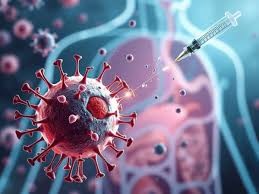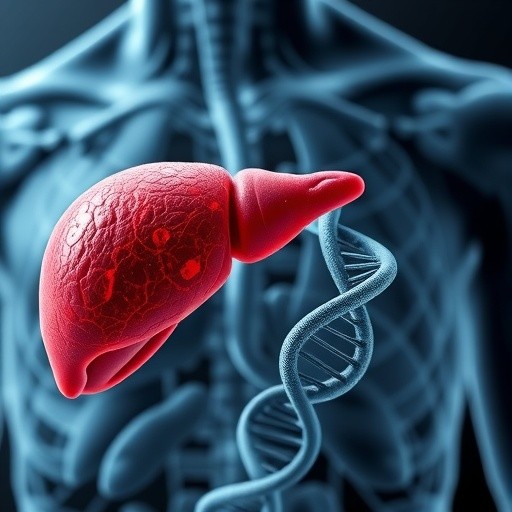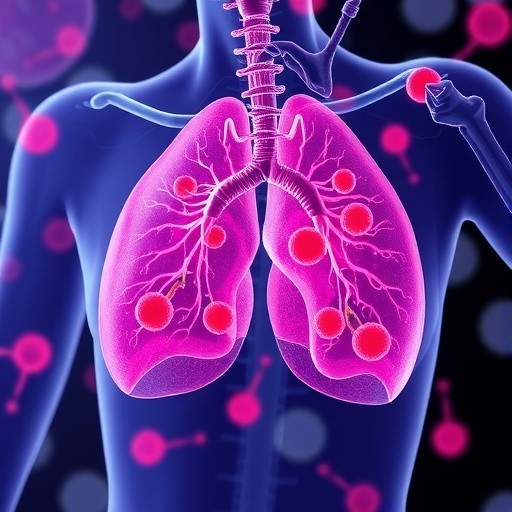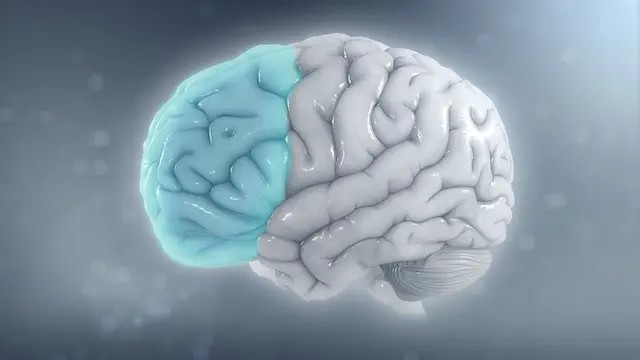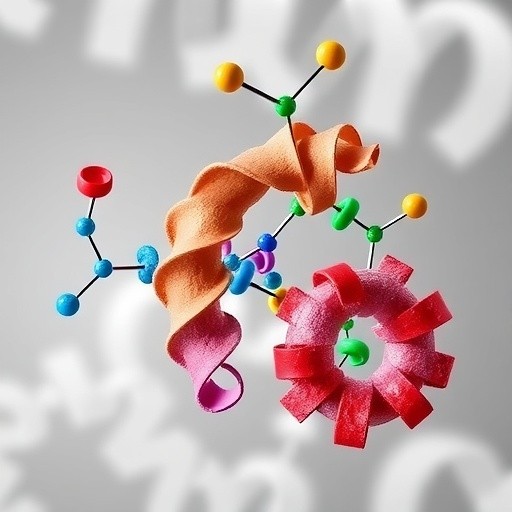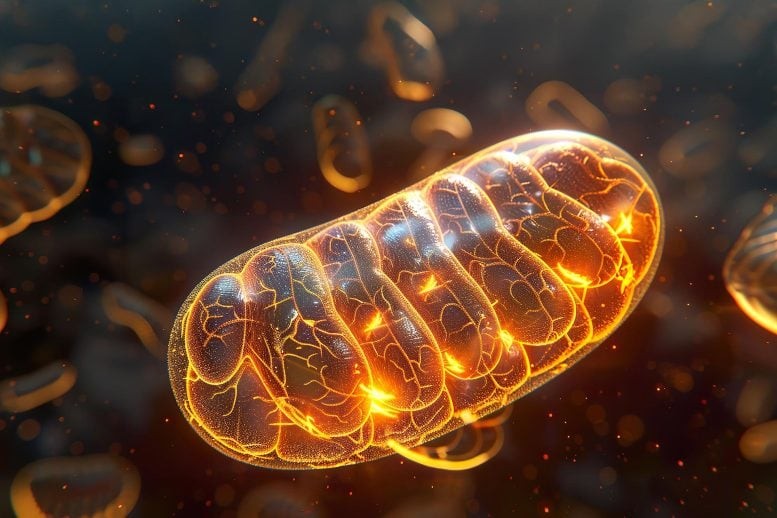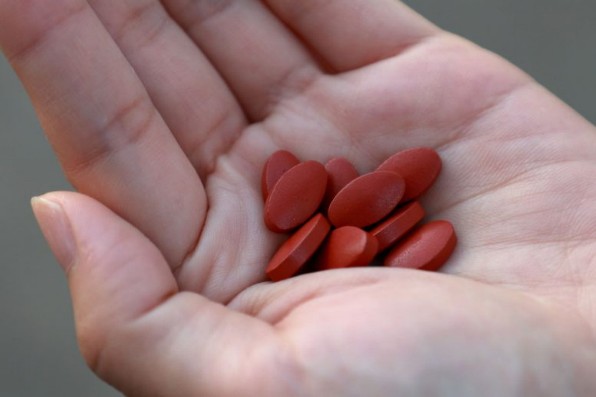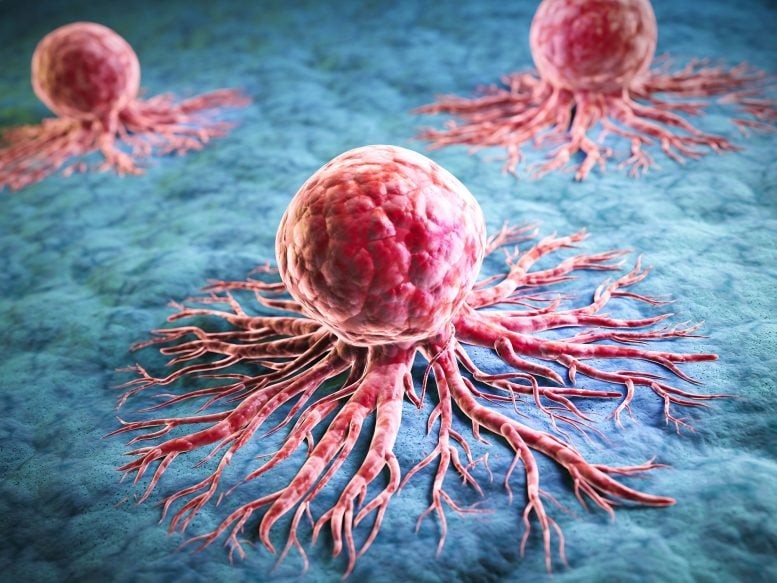Uncovering Gender-Based Variations in Aortic Valve Stenosis
A groundbreaking study has shed new light on the intricate relationship between gender and cardiovascular health, focusing on aortic valve stenosis (AS)—a condition marked by the narrowing of the heart’s aortic valve. Traditionally, AS has been approached as a largely uniform disease, often overlooking potential differences between men and women. However, new research led by Dr. Anabela Grego and her team employs advanced proteomics to uncover striking evidence of sexual dimorphism in AS. These insights not only challenge long-held medical assumptions but also open the door to more precise, gender-tailored treatments.
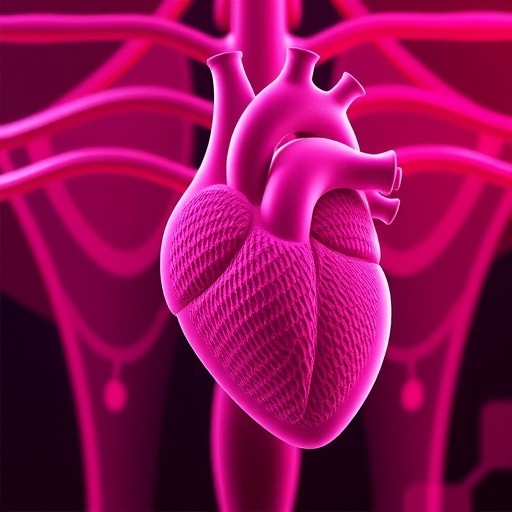
Figure 1. Revealing Gender-Specific Variations in Aortic Valve Stenosis.
For decades, aortic valve stenosis has been primarily studied and treated through a male-centric framework, which may have inadvertently led to gaps in diagnosis and care for women. Studies show that women are often underdiagnosed or treated later, despite experiencing significant symptoms. Dr. Grego’s research addresses this imbalance by probing the distinct biological mechanisms driving AS in both sexes. Using proteomic profiling—the large-scale analysis of proteins—the team identified unique molecular patterns that differentiate the male and female experience of the disease. Figure 1 shows Revealing Gender-Specific Variations in Aortic Valve Stenosis.
Through detailed analysis of cardiac tissue samples from male and female patients, the researchers found significant variations in protein expression related to inflammation and tissue remodeling [1]. In particular, inflammatory biomarkers were more elevated in men, suggesting a stronger inflammatory response that could contribute to faster valve degeneration and earlier onset of symptoms. In contrast, women appeared to experience a slower progression of AS, possibly leading to diagnostic delays or misinterpretation of disease severity.
The study also revealed key differences in the extracellular matrix—the structural framework that supports heart valves. Variations between the sexes in matrix composition may influence how the aortic valve reacts to mechanical stress, contributing to gender-specific disease patterns. Another compelling aspect of the research centers on hormonal influences, particularly the protective role of estrogen in women. Elevated estrogen levels, especially in premenopausal women, may help slow the progression of AS, echoing broader findings that suggest women experience lower rates of cardiovascular disease before menopause.
These findings carry far-reaching clinical implications. By identifying sex-linked biomarkers through proteomics, physicians could develop more personalized diagnostic tools and treatment strategies for AS. Tailored screening protocols might enable earlier detection in women, who are often diagnosed later in the disease course, while guiding more targeted therapies for both sexes. The study also underscores the need to revisit current medical guidelines, which frequently fail to account for biological differences between men and women.
Beyond clinical practice, this research highlights the urgent need for greater gender representation in cardiovascular studies. Historically, the underrepresentation of women in biomedical research has limited the understanding of sex-based variations in disease. The work of Dr. Grego and her colleagues aims to correct that imbalance—encouraging a more inclusive approach that recognizes biological diversity as essential to medical progress.
In essence, this study redefines how the medical community views aortic valve stenosis. By applying proteomics to uncover the molecular underpinnings of gender differences, it moves the field closer to the goals of precision medicine and equitable healthcare. The implications extend far beyond AS, offering a framework for investigating other cardiovascular conditions through a gender-aware lens.
As medicine continues to evolve, integrating these sex-specific insights into clinical care could mark a turning point in how heart disease is diagnosed and treated. Dr. Grego’s work represents more than a scientific milestone—it signals a shift toward a future where treatment is guided not only by symptoms but by an individual’s unique biological signature, ensuring better, fairer outcomes for all patients.
References
- https://bioengineer.org/exploring-gender-differences-in-aortic-valve-stenosis/
Cite this article:
Keerthana S (2025), Uncovering Gender-Based Variations in Aortic Valve Stenosis, AnaTechMaz, pp.511



